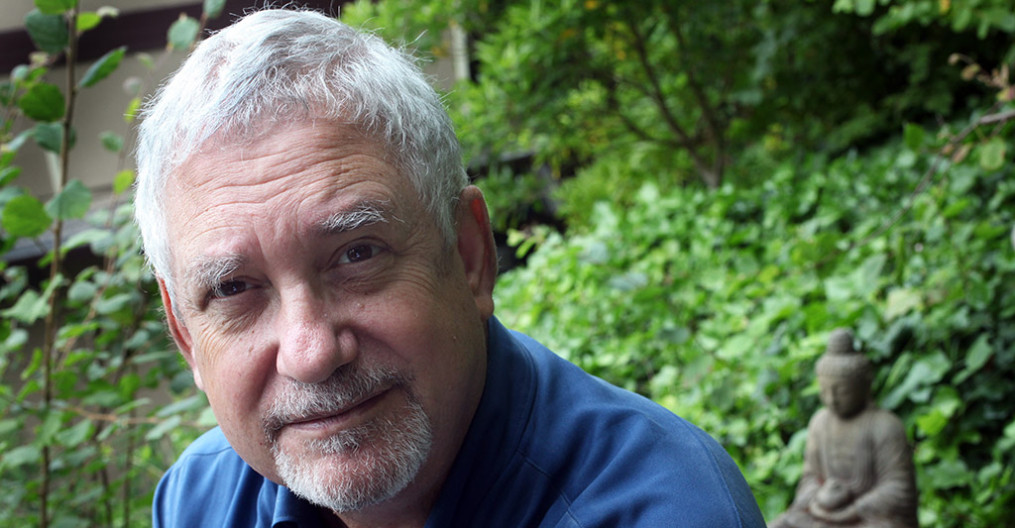I just read a news story that drug overdose deaths nationally reached a new high in 2021 of 107,000, up 15% from 2020—and 2020 was up 30% from 2019. It was not a “major” news story, it was overshadowed by rising gas prices, Ukraine news, the Supreme Court and political primary battles. It seems to me, in other words, that we—or at least the news media—are becoming numb to this story. When drug overdoses first became a crisis, it was all over the news. Politicans and opinion makers wrung their hands; what is happening to our country? What is causing this? Now, it seems, it is just part of the ugly, depressing landscape of a country in crisis.
107,000 is not just a number—each one represents a devastated family. The teenage grandson of a good friend of mine overdosed on opioids and died; the event and its aftermath caused horrific suffering for that family. Recently I read in the news of a 14 year old boy who had been experimenting with oxycodone, which he could buy from friends at school. He began to be concerned about how addicted he was becoming, and asked his parents for help. While his parents were frantically looking for a counselor or agency to help his son, they went into his bedroom a couple days later and found him lying on the bed, his face blue. He was dead. Unknown to the boy the oxycodone he had been taking was laced with fentanyl. The New York Times just ran a piece about how overdose deaths among teenagers has skyrocketed. Teens can connect with a drug dealer on any social media app—Snapchat, Facebook, Twitter, and others—and get pills in an hour. Are the social media companies culpable? That will be the next frontier.
Back in the sixties the drugs of choice—at least among people I knew—were marijuana and LSD, neither of which were physically addictive and didn’t cause overdose deaths no matter how much you took—unless, in the case of LSD, you thought you could fly and jumped off a building. I knew a few people—especially in the music world—who were addicted to heroin, but they seemed to manage their habit without dying. I remember when it was news that in the Haight-Ashbury district of San Francisco—the epicenter of the counterculture—hard drugs were coming in, cocaine and heroin. These hard drugs were sold on the street not by enterprising hippies calling out “Weed, acid, mescaline” as they passed you on the sidewalk, but by hard-faced criminal types, backed no doubt by organized crime. In other words, it didn’t take long for the criminals to realize that the big money was in hard drugs. Greed moves in whenever there is money to be made.
Where does fentanyl come from? Where is it made? At this point it is made in many countries, and can be ordered on the internet or found on the street. It is a synthetic drug, so it can be manufactured in small laboratories, like meth–there is no need for poppies. If you were to ask one of the drug kingpins why they are selling this deadly drug in America, they might reply, “This is what you Americans want. I’m just a businessman filling a need. If you don’t want drugs in your country, stop buying them.”
So why do so many Americans—especially American men, because that is what the statistics show—want this drug so badly? I asked this question of my friend Martin, who, decades ago, was for a while a heroin user. Martin replied, “When you can’t find a good job, when you can’t support your family, when you can’t put food on the table, when you have no self respect, you start to have some very bad thoughts. The drug is like a quilt, it wraps you in a thick cloud and protects you from those bad thoughts.”
In the old days, to take heroin you had to cook it then shoot it into a vein with a needle, and you had to find a drug dealer who would sell it to you. Fentanyl is much easier; it is just a white pill like so many others. Often the pill is formed to look like some other familiar drug. The article cited above mentioned that Ohio State just warned its students that fentanyl is circulating there in pills that look like Adderall. You don’t have to drive to a dangerous neighborhood to buy it. If you want to break your habit, Martin told me, these days there are few places to go. There are few rehab beds, and if you are homeless it is even harder. “Our society,” said Martin, “treats these addicts as throwaway people. For the most part they are alone in their pain, which makes everything so much worse.”
This is the America we live in today. Is this the America we want? Of course not, but having reached this dire place, no-one can offer a truly effective plan for how to deal with it—primarily because it would cost a ton of money. Politicians theoretically have the power to invest the huge sums necessary to get at the root causes of this terrible epidemic. But they don’t. It’s not a politically popular issue, not in comparison to the other hot-button issues dominating our discourse.
It may take some kind of cataclysm for us to finally face the music. Until then, the best we can do, when we see a headline like “107,000 Overdose Deaths,” is at least to stop and think. Each one of those 107,000 is a living, breathing human being, with friends and family who will spend their entire lives regretting the moment when a small white pill took their loved one’s life.
That’s the least we can do.
